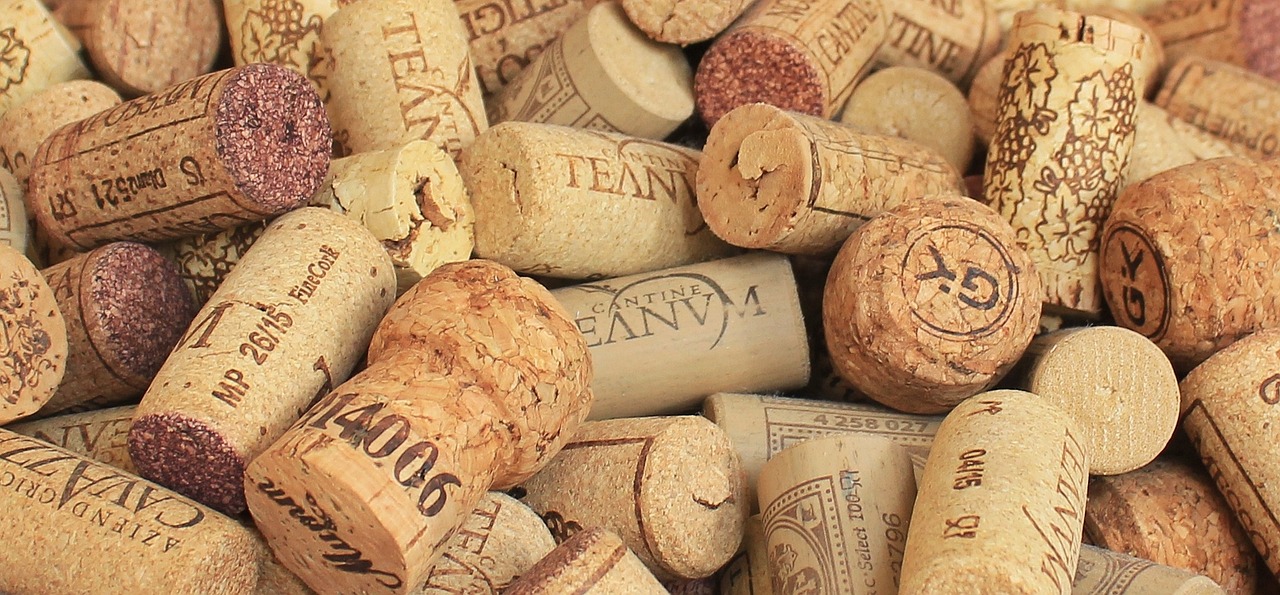I recently visited Céret in the Languedoc-Roussillon region of France. You can see my blog here. Whilst famous for Collioure and Banyuls wine, it is also a large cork producing area.
Cork is harvested exclusively from the Cork Oak, Quercus Suber, found predominantly in the Mediterranean region. Though the tree can flourish in many climates, the conditions that favour commercial use are fairly narrow. Portugal and Spain are the biggest production areas (around 65%) and France only accounts for about 3%.
The cork grows on the outside of the tree and is harvested around every ten years. The tree itself will continue to produce cork for around 150 years and this is how we have been topping our bottles since the 1400s!
Cork however can also contain a chemical called Trichloroanisole or TCA, and this can find its way into the wine, at which point we call it cork taint. Infected wines will be lacking in fruit flavour and the wine will smell like damp cardboard or wet dog. This fault can affect between 2 – 3% of all corks and is a major problem for the wine industry as you never know when it will strike. It is the worst possible experience for a consumer to find their bottle has been ruined before they’ve even opened it.
Hence the rise of the screw cap! Since 1964 the use of a screw cap to close a bottle has been steadily growing. In the New World, the vast majority of bottles are sealed in this way and the rest of the world has followed suit, particularly with young wines. No cork taint, cheaper to produce and easier for the consumer. It’s a win win situation if ever there was one!
Cork is on the comeback though – having fallen out of favour due to poor production methods in the 1980s, many cork manufacturers have put time, money and research into making cork great again (!) and some are now claiming to have eradicated cork taint for good. It’s certainly not a done deal and change in the wine world is slow but, with the rise of other alternatives, including the very lovely glass cork, this is one war that is far from over.

No Responses